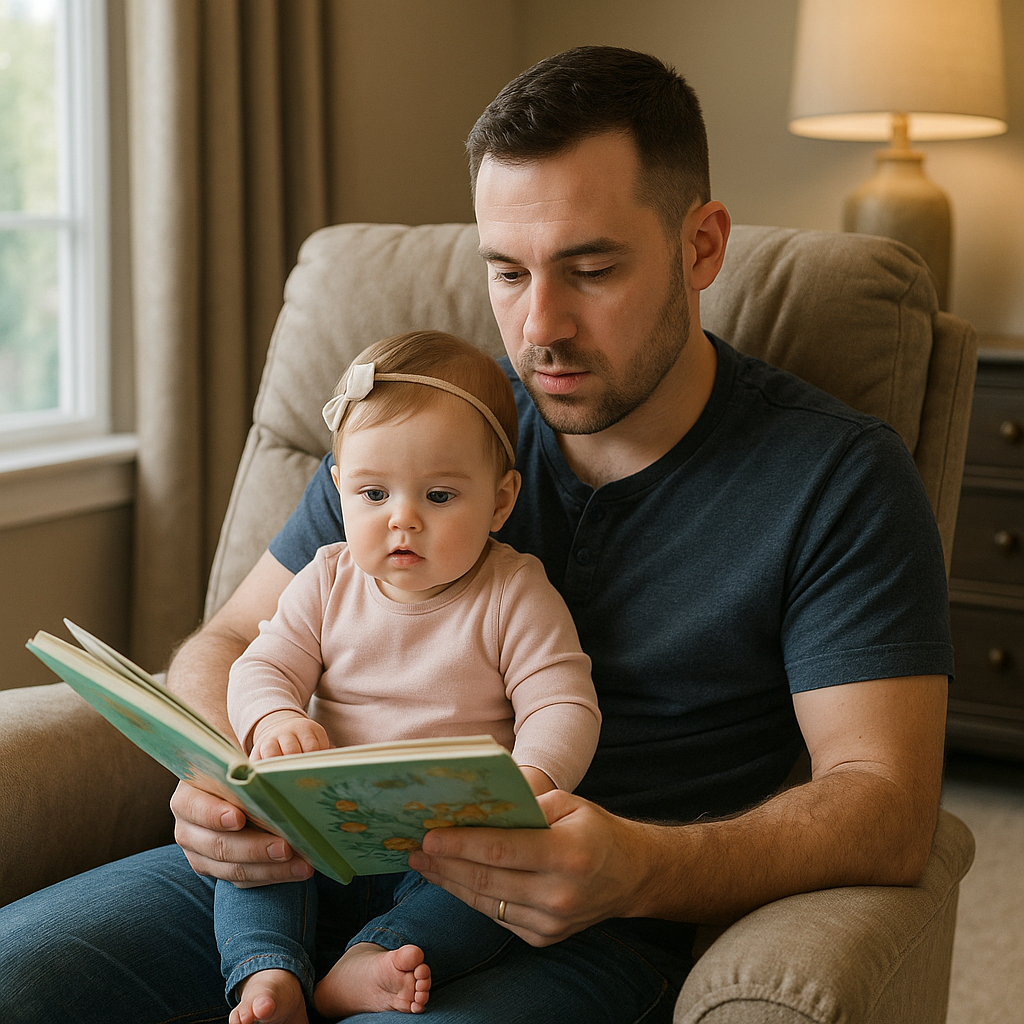
Reading to Babies: How to Make Story Time Count for infants
LiLLBUDYour baby picks up the book with you. turns a page around. chews on the corner. Then wiggles away halfway through. You wonder: Is reading even working? YES, IT IS.
Every story you read to your baby, whether they sit still or not, has a profound effect in the background, developing language skills, fostering emotional bonds, and even laying the groundwork for future academic success.
Let’s explore why reading to a baby from day one matters - and how to make it enjoyable, even if the child is a wiggly one.
Why Reading Early Matters (Even Before They Understand)
Babies are prepared to learn from birth. Their brains create over a million neural connections every second during the first year alone. Their perception of language and the world is therefore shaped by early experiences, such as hearing your voice, seeing your face, and looking at pictures. Reading aloud together creates:
- Early listening and vocabulary
- Attention span and emotional attachment
- Baby literacy - the foundation for reading, writing, and speaking later
So even if your baby isn’t speaking yet, they’re learning how language works every time you read.
What Does Baby-Friendly Story Time Look Like?
You don't have to read it from beginning to end, or in silence, or even all at once.
Suggestions for infant story time:
- Follow their lead: It's early communication if they point or babble endlessly about a picture. Stop and enjoy.
- Keep it brief: Babies can handle only a few pages at a time.
- Read expressively: To keep their interest, use goofy voices, sound effects, and animated faces.
- Make use of interactive books: Developmental toys disguised as books that have crinkly pages, flaps to lift, or touch-and-feel textures are ideal.
Best Books & Tools for Newborns and Infants
Seek out for books that are:
- High contrast (excellent for a newborn's vision).
- Board books that are sturdy enough to withstand chewing
-
Books with rhyme and repetition (help babies anticipate language patterns)
Additionally, you can pair books with brain development toys that correspond with the theme of the story, such as soft plush toys for bedtime stories or animal figures for a farm book. These educational toys foster multi-sensory learning experiences and reinforce concepts.
Turn Reading into a Ritual
Do you want to cultivate a lifelong passion for reading? Include it in your daily routine.
- Try reading a little tale while having tummy time.
- A book for bedtime following the last meal
- A morning cuddle and reading session, before the day starts
Babies learn to associate reading with comfort, joy, and connection through these warm, recurring moments.
Better still? Reading every day promotes memory, language development, and emotional control—all important aspects of the first year's brain development.
Parent Story Time Tips (That Really Work)
- No demands: You're connecting, not "teaching."
- Make it interactive by letting your infant handle the book, turn the pages, or select the next page.
- Re-reading favorite passages helps babies develop their memory and learn to anticipate and engage.
- Use your surroundings: Label things around the room just like you would in a book - this boosts word associations
Books Are Just the Beginning
Keep in mind that what matters is how deeply you engage, not how many books you read.
Creating a themed story-play combo (such as reading a bath book during water time) or animal themed sound book paired with animal figurines can transform everyday activities into adventures that enhance the brain.
When you read to your baby, you're not just preparing them to read later. You're saying: I’m here. I see you. We learn together.
And even if your baby wiggles, looks away, or flips to the last page—they're soaking up every word, every tone, every moment.

